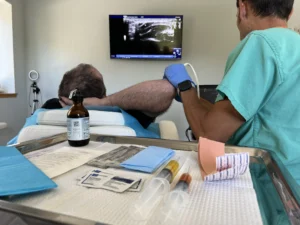Contact us at 970-749-4443
Orthobiologics in Durango, CO
An innovative clinic offering research driven, minimally invasive, ultrasound guided interventions for joint, soft tissue, and nerve pain conditions.
“Our goal is to preserve your healthspan and promptly get you back to the activities you’re passionate about using minimally invasive treatment modalities tailored specifically to you and your goals.”
– Dr. Vivolo
What are orthobiologics?
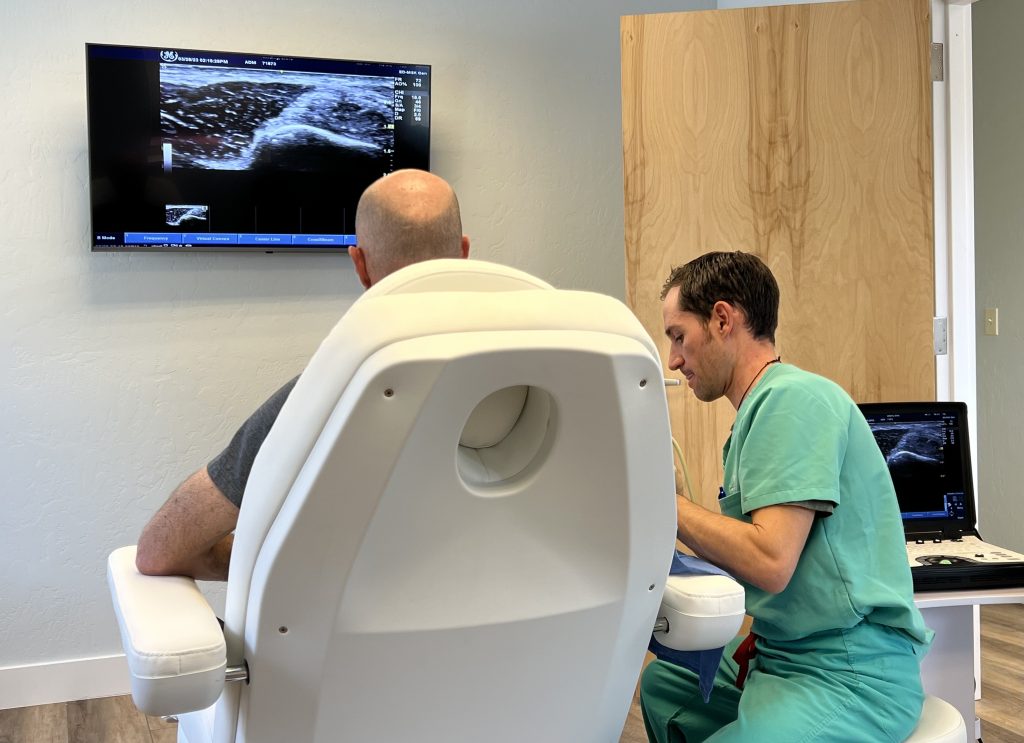
“Ortho” refers to muscles, tendons, bones, and joints that make up our musculoskeletal system.
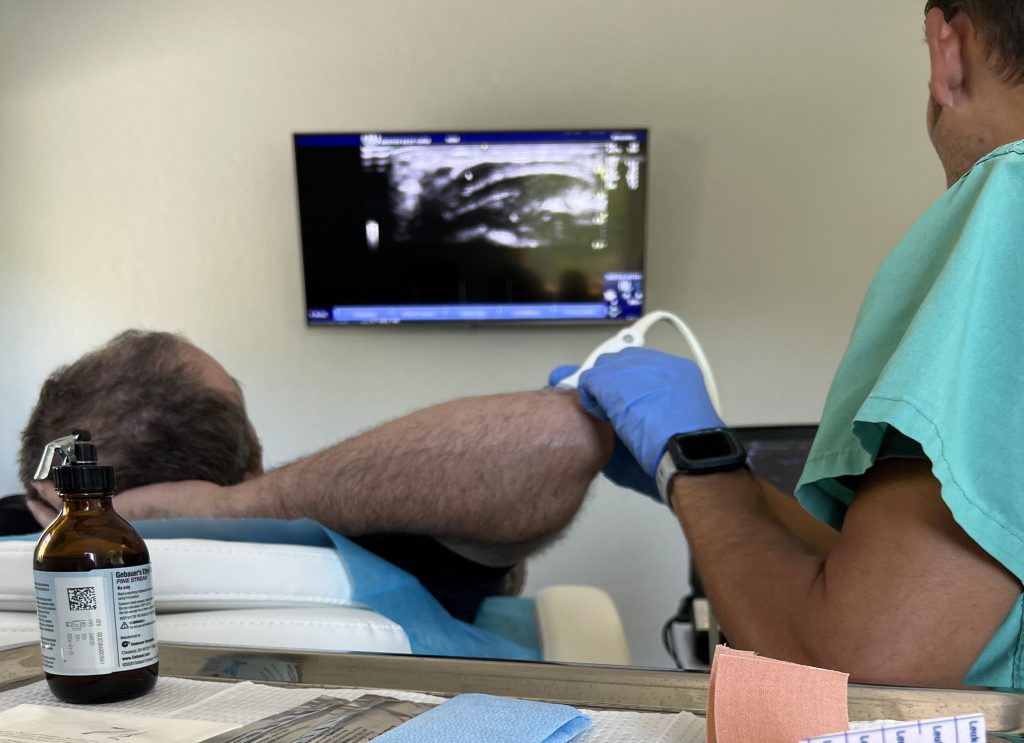
“Biologics” refers to naturally derived substances that can be highly effective in assisting your bodies innate healing response.
At Elevated, we specialize in autologous Orthobiologics that are derived from your own body and precisely placed directly into areas of injury.
Regenerative Medicine Done With Special Attention
Initial examination:
Musculoskeletal ultrasound by fellowship trained physician, review of prior imaging, individualized plan specific to you and your lifestyle.
Some of our regenerative treatment options include:
Blood Drived: Platelet Rich Plasma (PRP) is strategically concentrated from your own blood to produce a powerful combination of growth factors or bioactive proteins in addition to stem cell markers vital for tissue repair. Since these are derived from your own blood, there is little to no risk for an allergic or immune reaction, and carry minimal side effects in general. These procedures can be performed in the office and are minimally invasive to enable a quick recovery. We carry a combination of PRP products that will be recommended based on your injury location, past medical history, current medications, and age.
PPP (Platelet Poor Plasma has several biologically active molecules that may be utilized to stimulate tissue healing in certain injuries such as muscular injuries or inflamed nerves entrapped by surrounding connective tissue)
Alpha-2-Macroglobulin (A2M) is gaining recognition as a potential game-changer in the field of cartilage regeneration. This naturally occurring protein, found in our blood, possesses remarkable properties that can help mitigate the effects of osteoarthritis and promote cartilage repair. A2M works by binding to and neutralizing harmful enzymes responsible for cartilage breakdown. In osteoarthritis, enzymes like matrix metalloproteinases (MMPs) play a key role in cartilage degradation. A2M acts as a shield, capturing and inactivating these enzymes, thereby slowing down the destructive processes in the joint. Furthermore, A2M has been investigated for its ability to stimulate the production of cartilage-building molecules like collagen and proteoglycans. This dual-action approach makes A2M a potential therapeutic option for individuals suffering from cartilage damage or osteoarthritis, offering the prospect of pain relief and improved joint function. A2M can be used with PRP for a synergistic effect.
PRF (Platelet Rich Fibrin is a blood product that contains a high concentration of platelets, fibrin, and growth factors that can act as a scaffolding in certain injuries)
Prolotherapy (This is a non-surgical treatment that involves injecting a dextrose solution directly into injured ligaments, tendons, or joints with the goal of stimulating the body’s natural healing process to improve strength and function)
Nerve Hydrodissection (a minimally invasive procedure that involves injecting a dextrose solution or platelet poor plasma under ultrasound guidance around a compressed or entrapped nerve to restore function and relieve pain.
ESWT (A non-invasive treatment that uses high-energy acoustic sound waves to stimulate the body’s healing process and speed up recovery of injured tissue.)
Stem cell containing products: Bone Marrow Concentrate is processed to achieve the perfect mixture of viable platelets and growth factors derived from stem cells (hematopoietic, total nucleated, and mesenchymal), all which are crucial in active tissue repair and regeneration. Bone marrow cells are highly protected, redundant, and reside deep inside our bone cavities. Their preferential locations reflect the significant role these cells play in survival. We are able to transplant these cells from certain locations of your body to specific injury sites to optimize healing.
How we're different- Key to successful regenerative therapies at Elevated

Precision
For optimal results, it is critical to place these products directly into the source of injury. Our board certified, ultrasound fellowship trained physician has years of experience in musculoskeletal ultrasound and ultrasound guided procedures. A comprehensive ultrasound, physical exam, and review of prior imaging is completed on all patients to ensure diagnostic accuracy and guide appropriate treatment modalities.
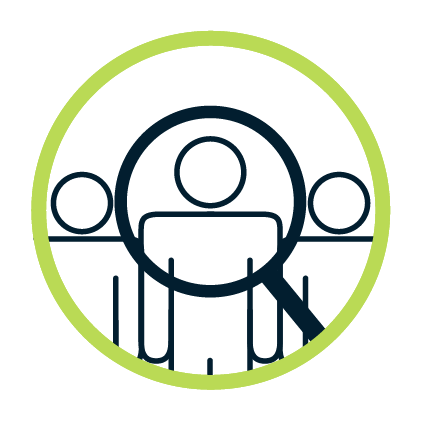
Individualization
Depending on your past medical history, type of injury, and age, certain blood or bone marrow derived products will be more advantageous in your road to recovery. We will provide you with specific options that contain the precise mixture of components that will be specifically tailored to each individual patient.
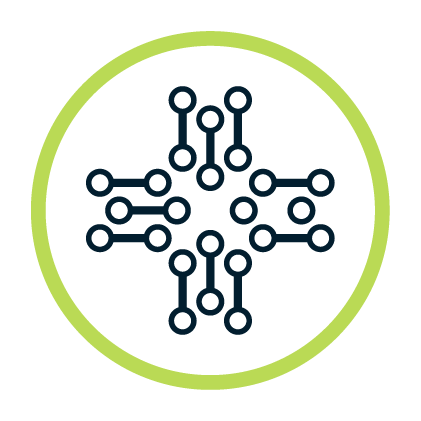
Technology
Based on recent orthobiologic research, we know that platelet and growth factor concentration are key for optimal results in a majority of musculoskeletal condition. We have the most advanced, FDA approved PRP processing equipment and kits. We also use state of the art, dynamic ultrasound imaging projected onto a large screen with all diagnostics and procedures.

Multimodal Approach
We understand the importance of targeting multiple treatment options to ensure the best chance at a successful recovery. We also work closely with our skilled local physical therapy, massage, and acupuncture colleagues.

Comfort
Your overall comfort during and after the procedure is a priority. We will discuss options such as mild oral sedation and ultrasound guided nerve blocks to minimize discomfort.

Solid Communication
Having over 70 years combined in the healthcare setting we understand the importance of clear and timely communication with our patients. We are highly responsive and always happy to answer any questions that you may have before or after treatments. We are here for you and our main goal is to present the most recent data and provide the best options for you successful recovery. Likewise, our treatment options are not for everyone and we pride ourselves in honesty and transparency.
Conditions Frequently Treated Include but Not Limited To:
Upper Extremity
Includes tendonitis, tears, or impingement of the rotator cuff muscles (supraspinatus, infraspinatus, teres minor, and subscapularis).
A condition characterized by pain and stiffness in the shoulder, leading to restricted movement.
Inflammation of the tendons on the outside of the elbow, often caused by repetitive wrist movements.
Similar to tennis elbow, but the pain is on the inside of the elbow, typically caused by repetitive motions involving the forearm.
Compression of the median nerve in the wrist, leading to symptoms like numbness, tingling, and weakness in the hand.
Inflammation of the tendons on the thumb side of the wrist, causing pain and swelling in the area.
Inflammation of the bursa (fluid-filled sacs that cushion joints), commonly affecting the shoulder, elbow, or wrist.
Osteoarthritis can affect joints in the upper extremities, including the shoulders, elbows, wrists, and fingers, leading to pain and stiffness.
A condition where a finger gets stuck in a bent position and may snap straight, often due to inflammation of the tendons in the fingers.
Compression of the ulnar nerve at the elbow, leading to tingling, numbness, and weakness in the hand, particularly affecting the ring and little fingers.
Injuries to the ligaments or muscles of the wrist often caused by falls or overuse.
Lower Extremity
Degeneration of joint cartilage, often affecting the hip, knee, foot and ankle, leading to pain, stiffness, and reduced mobility.
Pain around the kneecap (patella), often caused by overuse, poor alignment, or muscle imbalances.
Inflammation or irritation of the Achilles tendon, often caused by repetitive stress or overuse, leading to pain at the back of the heel.
Inflammation of the plantar fascia, a band of tissue running along the bottom of the foot, often causing heel pain, particularly in the morning.
Pain along the shin bone (tibia), usually caused by overuse or improper footwear, common in runners and athletes.
Pain and inflammation on the outside of the knee or thigh, caused by irritation of the iliotibial band, commonly in runners or cyclists.
A partial tear or stretch in one or more of the hamstring muscles at the back of the thigh, often occurring during activities like running or jumping.
Injuries to the knee ligaments (medial collateral ligament, lateral collateral ligament) that may occur due to trauma or sports-related activities.
Irritation or inflammation of the hip, causing pain on the outside of the hip, especially when walking or lying on the affected side.
Ligament injuries to the ankle, often caused by rolling or twisting the ankle during activity, leading to pain, swelling, and instability.
A thickening of the tissue around a nerve in the foot, usually between the third and fourth toes, causing pain, burning, or numbness in the toes.
Small cracks in bones (commonly the tibia or metatarsals) due to repetitive stress or overuse, common in athletes and military personnel.
Trunk
A condition where small nerves that supply sensation to the abdomen become entrapped or compressed causing pain.



